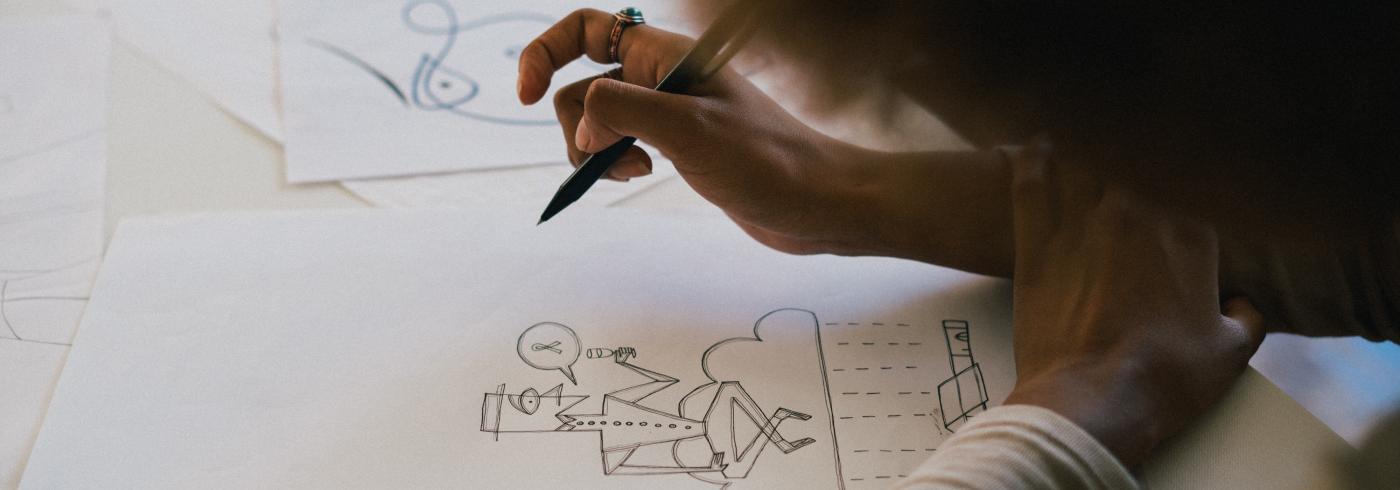
An unpopular opinion
Accessibility jobs and work are soaring in demand as all manner of users are demanding their expectations and needs be met (which is great).
Users of all needs deserve consistency. They all deserve for your site to work the same way as other sites. They deserve access to your content in the way that best suits them.
But. If we all subscribed to the same UX design principles and vowed to make our sites work the same; would all websites and apps look similar? Simple, minimalist, easy-to-navigate… dangerously close to bland. This is a genuine worry for some, that applying accessibility measures means it'll dilute their site somehow.
Please see this excellent and extreme example of blanding agency, but also know that in real life, the Gov.uk site was awarded 'Design of the Year' by the BBC. It's not a bad site, it's simple and does the job it should do, but it comes across as the result of user testing followed by wireframe.
Have accessibility requirements become a hindrance by relying on the same UX designs?
It's familiar, and that's where the problem lies - "if it ain't broke, don't fix it". accessibility in design uses well-established and pre-existing designs because the user testing has been done and scrutinised. People are used to a particular type of interface, so it's difficult to move away from the familiar.
It's safe. Not all brands can be bold; it's just not their audience, so we're left with a monotone experience.
It's research-based. We make make design decisions based on insights from users, and we should always put the user first, however, following conventions satisfying user needs could prevent 'true' creativity. So, to be truly creative, should we ignore the user? Of course not! But they don't always know or realise what they want, or need.
What can we do?
Remember, accessibility is equal part mindset and process
Accessibility is an extremely profound process, pulling together design, technology and an almost endless number of user personas. It's about creating a powerful and unique experience that motivates users whilst simultaneously finding the perfect balance between efficiency, usability and innovation.
Seek best practise in unexpected places
Don't just look at your (direct) competitors for inspiration; find other sites that excite you!
Question the question, not the answer
Reframe your problem. Thinking from a different perspective is problem-solving and aids decision making and learning. For example, instead of asking "how can we get more users to search for resources on our site?" ask how you could make that search process more accessible and intelligent.
Work iteratively
Partake in user research and identify unique user needs. Brainstorm ideas to meet that need, then you develop a prototype. Test the prototype and gauge if it meets that need as expected.
You'll come out of this bit with some learning points, so take those and work on an improved prototype and repeat this until you meet that need to the best degree possible, quickly weaning out the ideas that don't work.
Ultimately, meeting accessibility requirements doesn't mean designers can't be creative. Quite the opposite. It means even more innovation is needed to get around these constraints.
Talk to us about how we can bring functional creativity to your website.